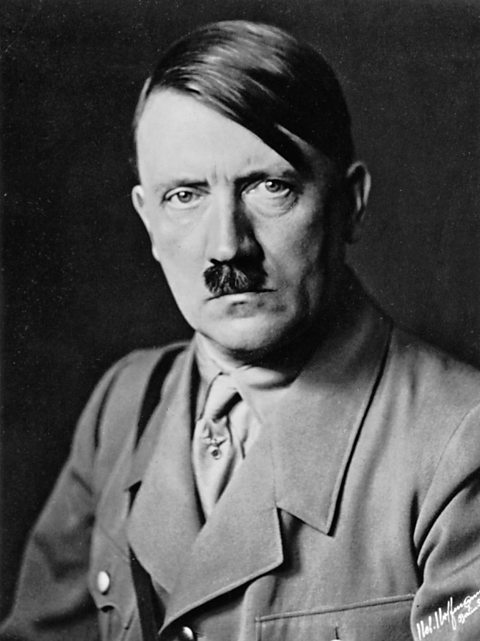Germany in transition, 1919-1939
This period neatly divides into two phases:
- The Weimar Republic and democracy, 1919-1933
- Germany under the Nazis, 1933-1939
The Weimar Republic and democracy, 1919-1933
After the First World War Germany began a bold experiment with representative democracy A political system in which members of parliament are elected to represent the interests and opinions of the electorate.. All adult Germans were able to vote and the system of proportional representationAn electoral system in which parties gain seats in proportion to the number of votes cast for them. meant a wide range of views were given a voice in Parliament. There was also an elected President.
However, the legacy of defeat in the war, in the shape of crippling reparationMonetary compensation from an individual, group or state to compensate victims. payments and the military restrictions of the Treaty of VersaillesThe peace treaty signed by the Allies and Germany at the end of the First World War, on 28 June 1919., led to serious problems:
- in 1923 there was a hyperinflationVery rapid and high increase in the level of prices, combined with a fall in the value of money. crisis that left Germanyās currency worthless
- in the first four years of the Weimar Republic there were three serious attempts to overthrow the government, the Spartacist Revolt in 1919, the Kapp Putsch in 1920 and the Munich Putsch in 1923
Rescued by Gustav Stresemann and American loans, which enabled reparations payments to be made, Germany eventually recovered from these crises. By the late 1920s the Weimar Republic was a key member of the League of NationsAn international organisation where the leaders of countries could settle problems in the hope that they could thus avoid wars., a hotbed of modern culture and feeling increasingly prosperous, though its unstable governments left it vulnerable to any new crisis that might emerge.

A crisis did emerge in 1929 as the Wall Street CrashIn October 1929 share prices on the Wall Street stock market in New York crashed, helping to cause the Great Depression. brought a worldwide depression. Germany suffered more than any other nation as a result of the recall of US loans, which caused its economy to collapse. Unemployment rocketed to over 6 million, poverty soared and Germans became desperate. This led to a chain of events that ended in the destruction of German democracy:
- With the government unable to win a majority in the ReichstagThe name of Germany's parliament., laws could only be passed by presidential decree (an order given by the President with the force of the law). As a result, not enough action was taken to tackle the economic and social consequences of the Depression and Germans increasingly began to look to the political extremes for answers.
- The Nazis benefitted from this the most, as a combination of policies with widespread appeal, a charismatic leader in Hitler and the violence of the SAAlso known as Storm Troopers or Brown shirts. A military style organisation of the Nazi party formed in 1921 under Hitler. helped make them the largest party in the Reichstag by the middle of 1932.
In January 1933, Hitler was appointed Chancellor by President Hindenburg.
- Hitler quickly set about dismantling German democracy. He forced the passing of an Enabling Act through the Reichstag in March 1933, which gave him unlimited powers for four years. He then eliminated any potential sources of opposition: other political parties, trades unions and even Ernst Rohm, the leader of the SA.
By the time President Hindenburg died in August 1934, Hitler was able to declare himself ¹óĆ¼³ó°ł±š°łLeader. and had absolute power in Germany.